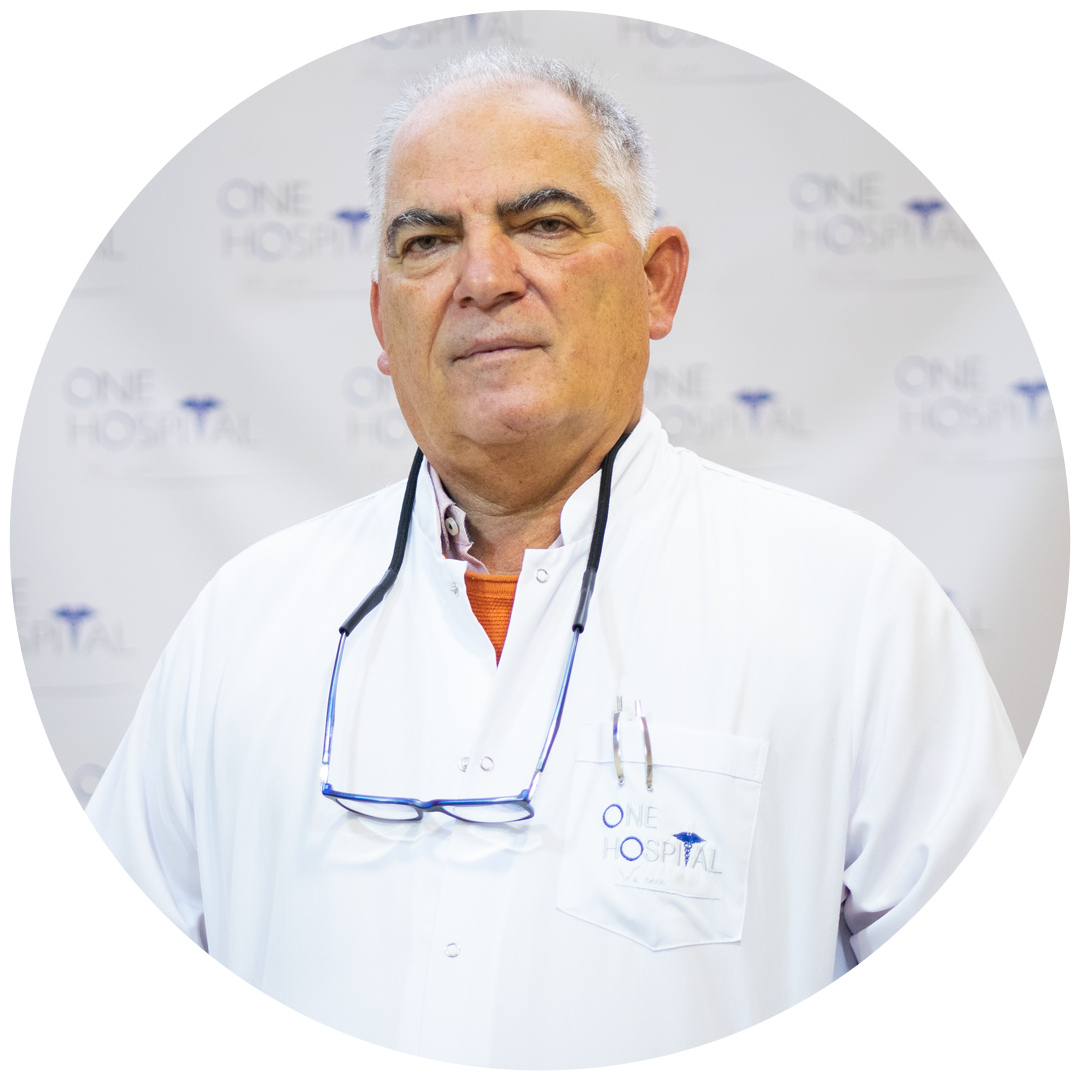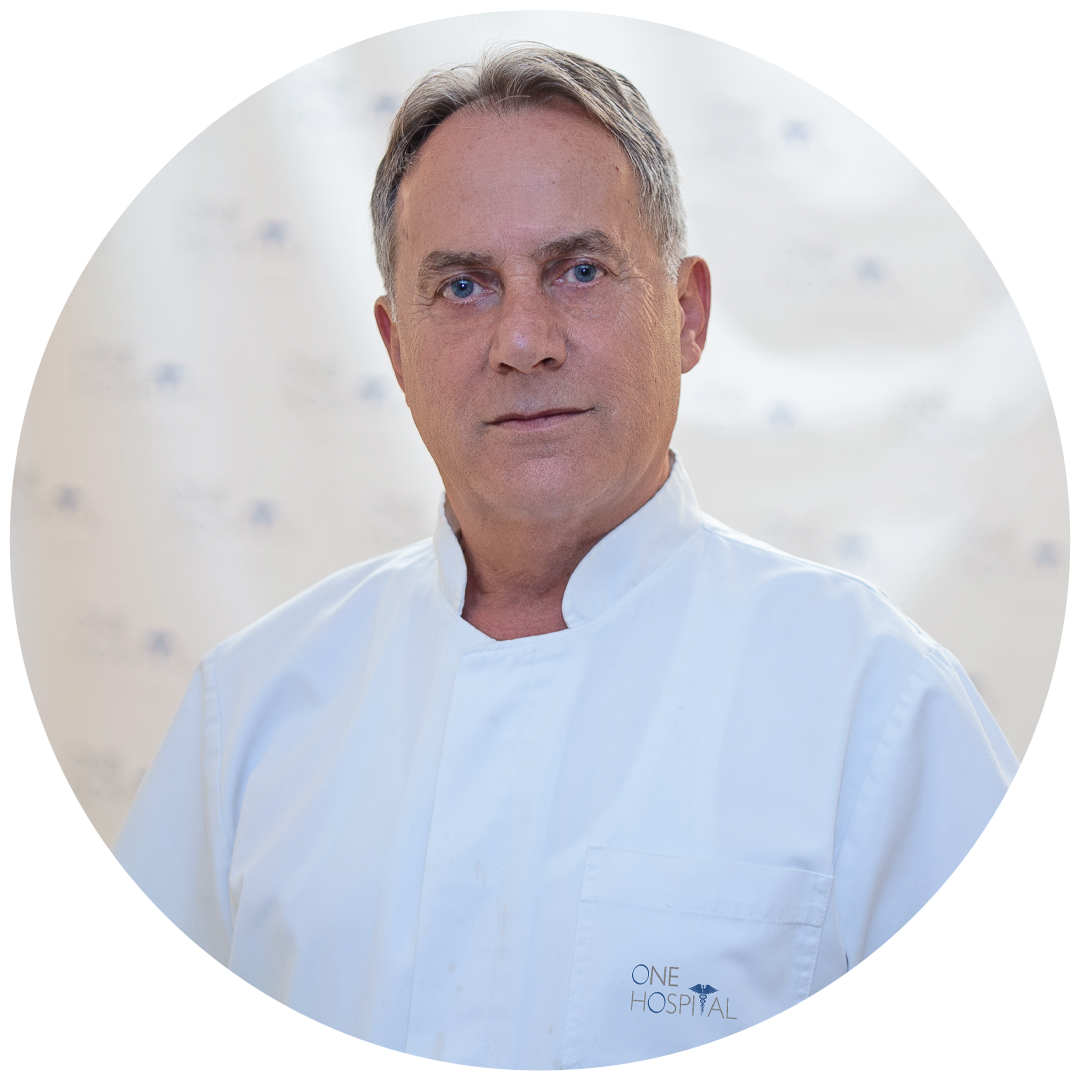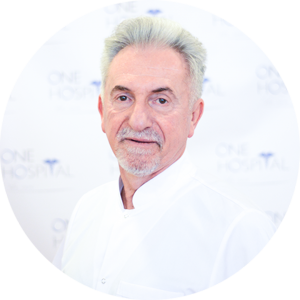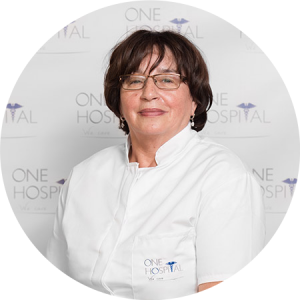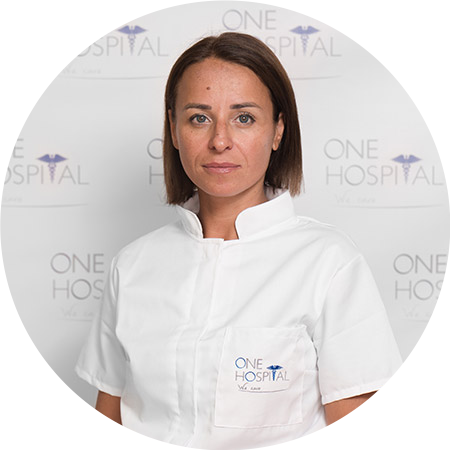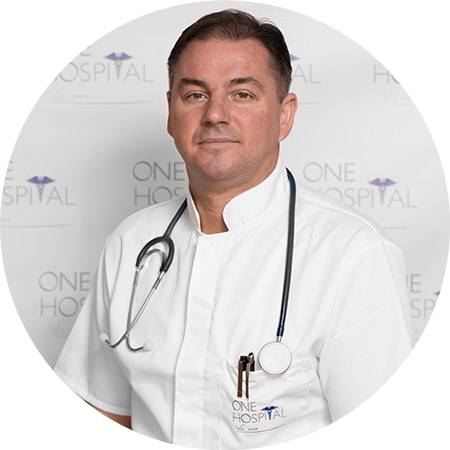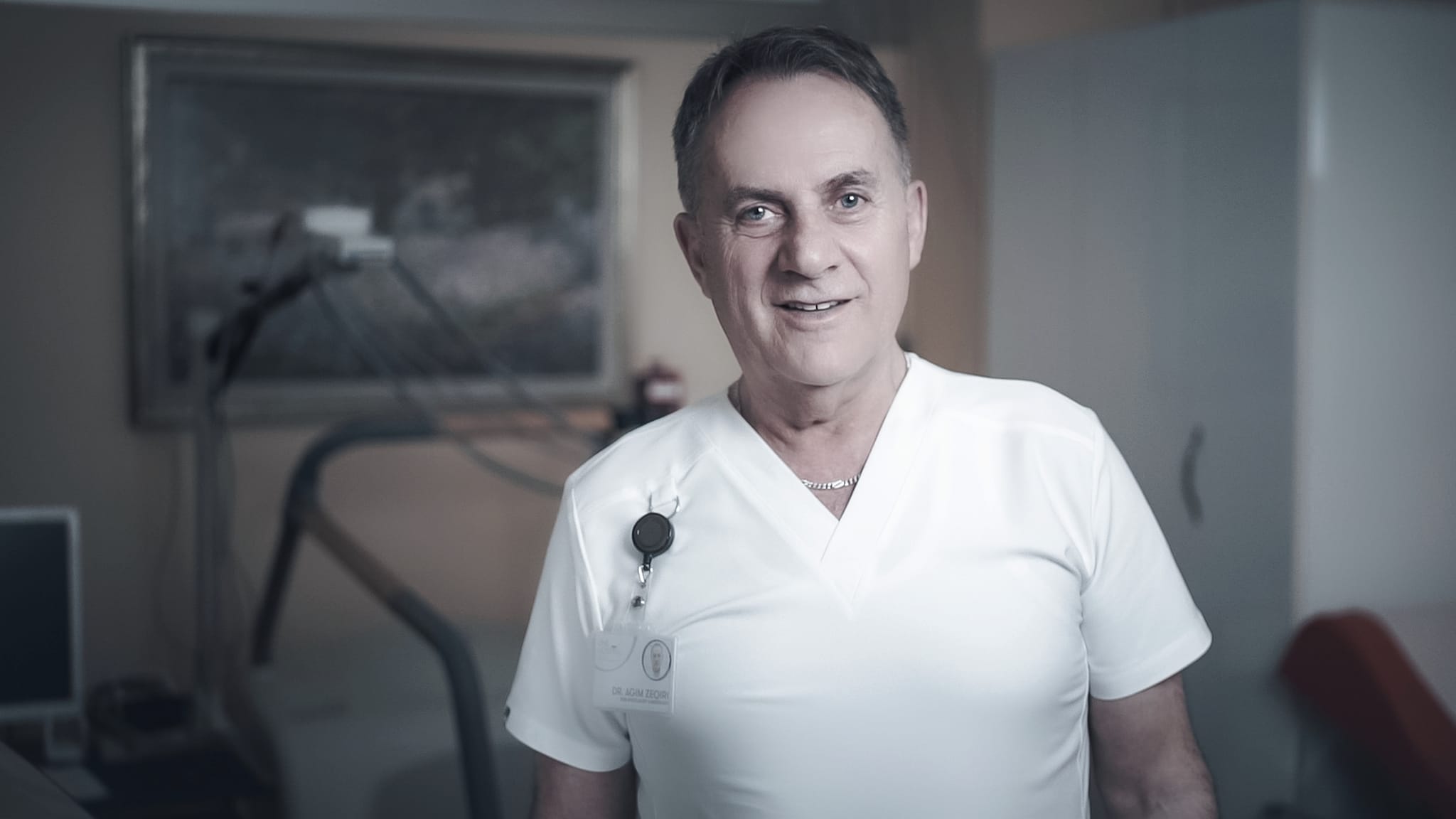A healthy heart is central to overall good health. Embracing a healthy lifestyle at any age can prevent heart disease and lower your risk for a heart attack or stroke. You are never too old or too young to begin taking care of your heart.
Choosing healthier foods and exercising are two of the best ways to contribute to good heart health. There are a number of additional things you can do to lower your risk for heart disease. Things that put you at higher risk for heart disease include:
- Smoking.
- High blood pressure.
- Obesity/being overweight.
- High cholesterol levels.
- Inactivity (no exercise).
- Family history of heart disease (especially a parent or sibling).
If you aren’t sure where to begin, try to add just one healthy aspect to your life for now. As you feel that you are gaining control, try adding another, then another. Pretty soon, you’ll feel empowered instead of overwhelmed.
- Make healthy food choices
- Watch your weight
- Be active
- Stop smoking
- Stop stressing
When to see a doctor
Depending on your age, you should be receiving regular screenings from your doctor for blood pressure and cholesterol level. These are two indicators of heart disease. If you have been diagnosed with heart disease, your doctor will prescribe a treatment plan that includes a healthy lifestyle. It also will likely include prescription medications to help control cholesterol or high blood pressure.
If you believe you are having a heart attack or stroke, you should call 911 immediately. Heart attack symptoms vary, but common heart attack signs include:
Chest discomfort. This can be pressure, tightness, squeezing, or pain in the center of your chest. It usually lasts for more than a few minutes. Sometimes it goes away and comes back.
Pain in one or both arms. Sometimes this pain isn’t limited to your arms. You may feel pain in your jaw, neck, back, or stomach.
This will come on suddenly and may feel like indigestion.
Shortness of breath.
Cold sweat.
Dizziness.


